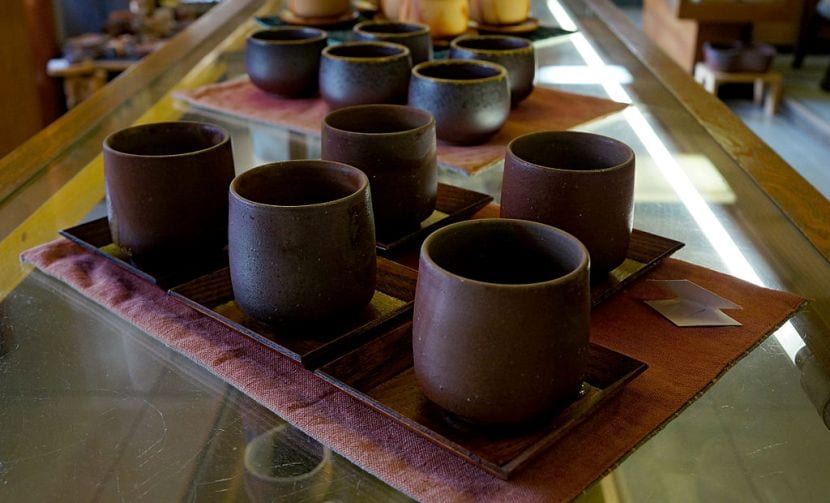
They say that in Japan, the most modern and ancient traditions come together in perfect balance, And I think that is so because the truth is that it is an enigmatic country for any Westerner, with a certain evocation of silence, and the delicacy that is given to us by its craftsmanship manifested in the fragility of its ceramics, its temples, its calligraphy and engravings, the exquisiteness of its fabrics, and the softness of forms of its multiple and original artistic manifestations.
In this article I will tell you about some of the artisan expressions that throughout history have occurred in Japan, where any artistic creation has a deep philosophical intuition of reality. Many of these traditional crafts have been lost, others have been industrialized, and their pieces are sold everywhere.
Bizen Ceramic
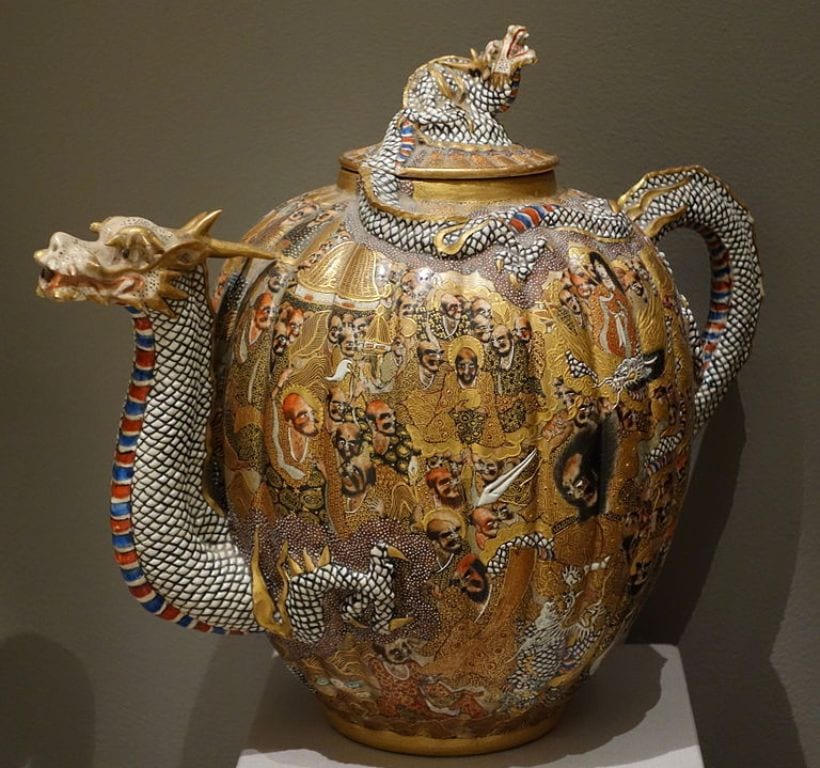
One of the most important, identifying and ancient ceramics of Japan is the Ceramics bizen, that you will immediately distinguish by its iron-like hardness, reddish brown, without enamel, although if there are traces of molten ash it may look like enamel and the marks that result from the fire of the wood oven.
Bizen crafts, which take on many forms, are produced very slowly, over a long period of time. The wood fire has to be maintained at high temperatures for 10 to 14 days that involve long hours and tons of wood, so the firing only takes place once or twice a year.
Japanese porcelain
- That delicacy and beauty of Japanese porcelain is originally from the XNUMXth centuryBefore, there was nothing like it, and it came from the hand of Korean artisans who arrived in the ancient region of Hizen on the island of Kyūshū, and embarked for Europe at the port of Imari, which is why it is known as porcelain the seas. Until the end of that century, in Japan porcelain was only made in this area, but it is at the end of the seventeenth century that it began to be produced in Kyoto and other towns.
- Another type of porcelain is kakiemon, with polychrome decoration, devised by Sakaida Kakiemon (1595-1666). Some of the features of the pieces are their very thin walls, their very white base and the surprising quality of their colored enamels.
- Very characteristic is porcelain My itch, with its golden background and its five colors: yellow, green, red, blue and purple, and black, and reflect the beauty of nature, mostly through flowers and birds.
- Ceramics or porcelain nabeshima is synonymous with perfection due to the high quality of the materials used and his exceptional technique.
- Satsuma porcelain is characterized by being glazed, with polychrome colors and decorated in gold. It is classified into two broad categories, the style in blue and white, with decoration under the glaze; and the polychrome style, with an additional firing in order to fix other colors, on the glaze.
Hakata dolls
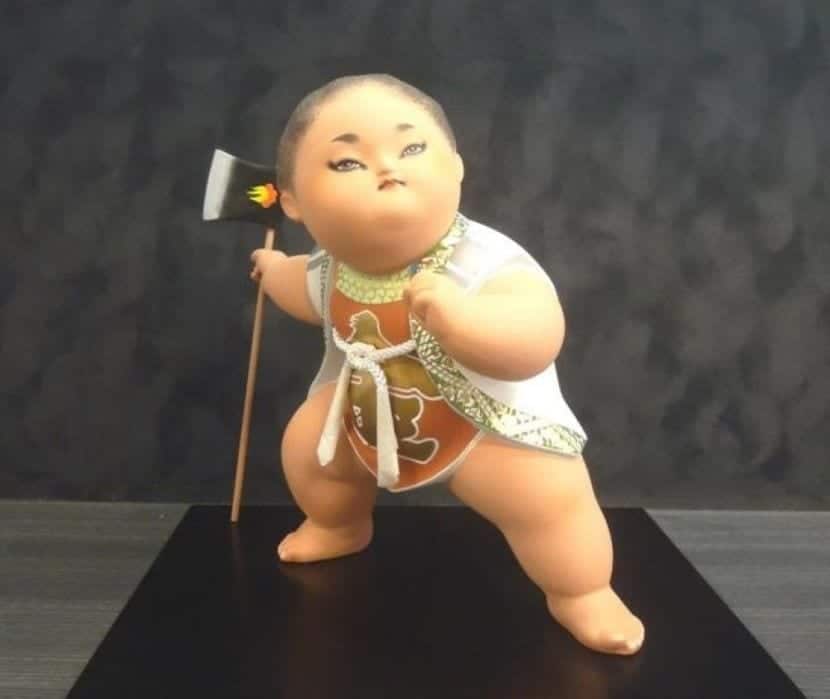
Dolls play a fundamental role in the life of the Japanese, in fact, the Hinamatsuri is celebrated, a festival of dolls, which has been celebrated since immemorial times. This is a traditional festival that consists of dressing the dolls in Heian Era costumes, before they were thrown into the river to rid girls of evil spirits, but now the dolls are left exposed on an altar.
There are numerous types of figures but perhaps for Westerners the best known are the Hakata ningyo, a Japanese clay doll from the Fukuoka city area. There is a great variety of them according to their theme: traditional Japanese theater, female beauty, samurai, etc ... These dolls were the souvenirs that the American soldiers took the most after the Japanese occupation, hence they became so popular, however their origin dates back to the XNUMXth century.
Looms
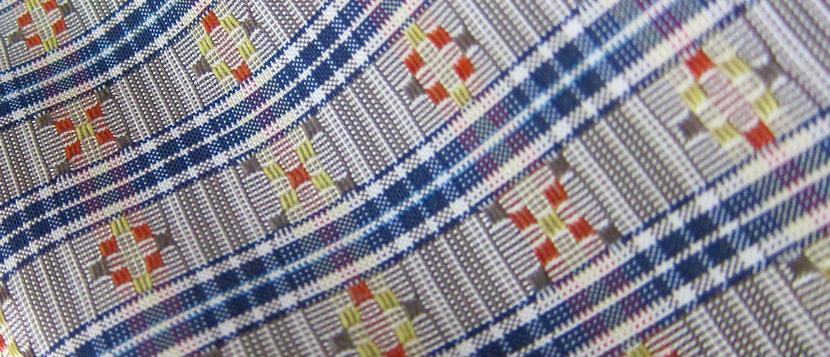
yonaguni-orimono is the generic name for fabrics produced on the island of Yonaguni-jima, southwest of the Japanese archipelago. And since 1987 it is considered a traditional trade recognized by the government.
Although it is true that throughout the ages the patterns and colors of this type of fabric have changed, the small flowers with red and yellow patterns and striped fabrics remain.
There is a technique shibori, which is the name given in Japan to the knot dyeing technique.
Kimonos
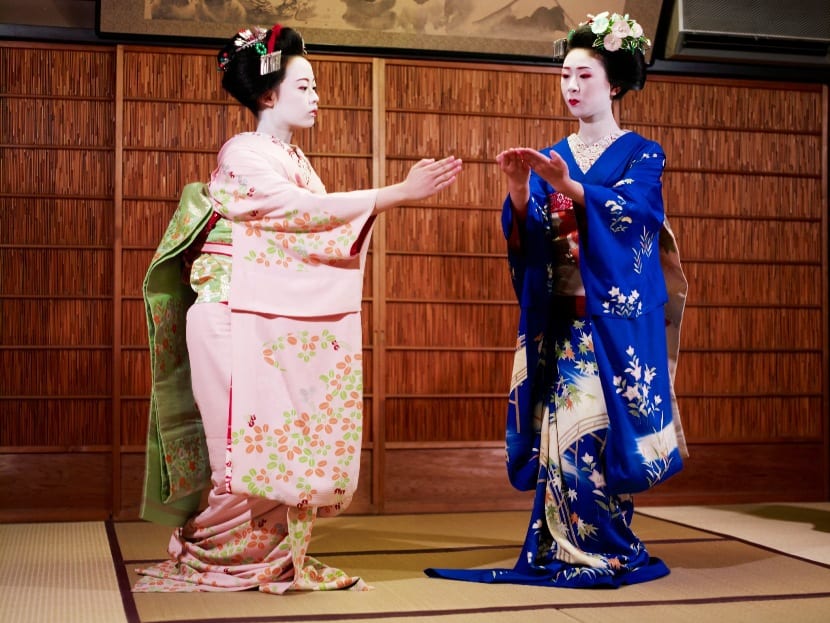
Kimono is the traditional Japanese dress for both men and women, which has been the garment in common use until the first years after World War II. Kimonos that have been made with traditional techniques and fine materials are considered authentic works of art.
Kimono making evolved until the XNUMXth century, when the taste for silk began to become fashionable among samurai and merchants. The high-quality brocade produced by the artisans is characterized by the abundant use of gold and silver for flower and bird designs, and by traditional geometric schemes.